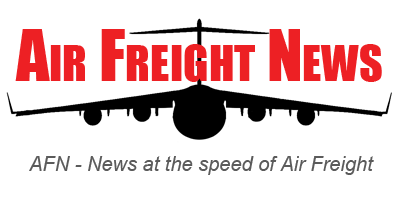“Prevention of Pest Contamination of Containers: Joint industry guidelines for cleaning containers”
Mar 24, 2023Every year, 241 million containers are transported across the seas with over 7 trillion dollars’ worth of food, clothes, electronics, and other goods we all need. While crucial for the smooth functioning of the global supply chain, containers, and their cargoes can also harbor and transfer contaminating pests. All parties in the supply chain have a shared responsibility for stopping the spread of pests by keeping cargo and containers clean when in their custody. The updated Prevention of Pest Contamination of Containers: Joint Industry Guidelines for the Cleaning of Containers published by BIC, COA, IICL, and WSC provide easy-to-use best practices to help everyone carry out their responsibilities.
The original version of the Joint Industry Guidelines for the Cleaning of Containers, published in 2017, was well received by regulators and the industry and has become a valued source of guidance when it comes to preventing pest contamination. Since then, we have learned more about the transfer of pests, our climate conditions have changed, and trade has grown. Together these developments send a clear message: Pest contamination is an issue of societal concern. In response, industry parties representing different parts of the container supply chain - the Bureau International des Containers (BIC), the Container Owners Association (COA), the Institute of International Container Lessors (IICL), and the World Shipping Council (WSC) – are now launching an updated version of the guidelines.
Experience shows that the introduction of new pests can severely upset an existing ecosystem, with serious ecological consequences and possibly billion-dollar impacts on a nation’s economy. Regulators and national authorities play a central role in stopping the transfer of pests, but given the scale of global trade it is prevention – stopping pests from entering cargo or containers in the first place – that is the best solution. With the updated “Prevention of Pest Contamination of Containers: Joint Industry Guidelines for the Cleaning of Containers” BIC, COA, IICL, and WSC are looking to further improve the level of prevention across the supply chain to stop the transfer of pests.
“When each party in international container supply chains makes sure to start and end their work with clean cargo and containers, then containers will reach their destination faster while our agriculture, forestry and natural resources are preserved,” says Lars Kjaer, Senior Vice President of WSC.
All parties in the supply chain - from manufacturers to exporters, packers, freight forwarders, inland logistics providers, warehouse storage providers, ocean carriers, and importers - must take responsibility for maintaining cargo and containers clean when in their care. By applying the best practices described in this Guide the parties can keep containers and their cargoes clean, fulfilling their custodial responsibility and reducing the risk of pest contamination and transfer.
Similar Stories

AS Watson accelerates supply chain sustainability efforts to fight climate change
View Article
Blue Water opens new facilities in the former bottling plant in Nuuk
View ArticleCheetah Net Supply Chain Service Inc. announces pricing of $1.49 million follow-on public offering
Cheetah Net Supply Chain Service Inc. (“Cheetah Net” or the “Company”), a provider of warehousing and logistics services, historically in connection with the sale of parallel-import vehicles sourced in the…
View ArticleGolden Triangle Ventures provides key updates on Cargo Management Group acquisition
Golden Triangle Ventures Inc. (“GTV” or the “Company”) announces significant advancements following its acquisition of Cargo Management Group.
View Article
DACHSER obtains TISAX® information security label
View Article49,000-SF industrial park opens in Lehigh Valley
Green Knight Industrial Park – located in Lehigh Valley, Pennsylvania – just opened its first building, a 49,000-square-foot facility to meet the demand of small- to mid-sized manufacturers and industrial…
View ArticleGet the most up-to-date trending news!
SubscribeIndustry updates and weekly newsletter direct to your inbox!





